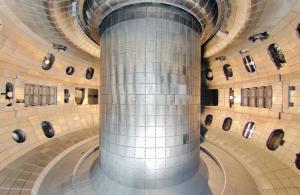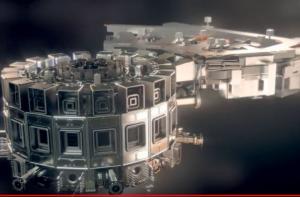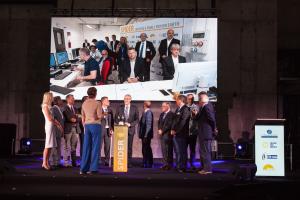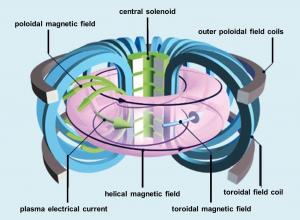What’s New
11 June 2018
ITER news digest for the period of 4 June 2018 to 11 June 2018.

Enhancements underway at DIII-D tokamak

Looking for resilent materials

European Domestic Agency: Interns wanted!
Inauguration of the SPIDER ion source





